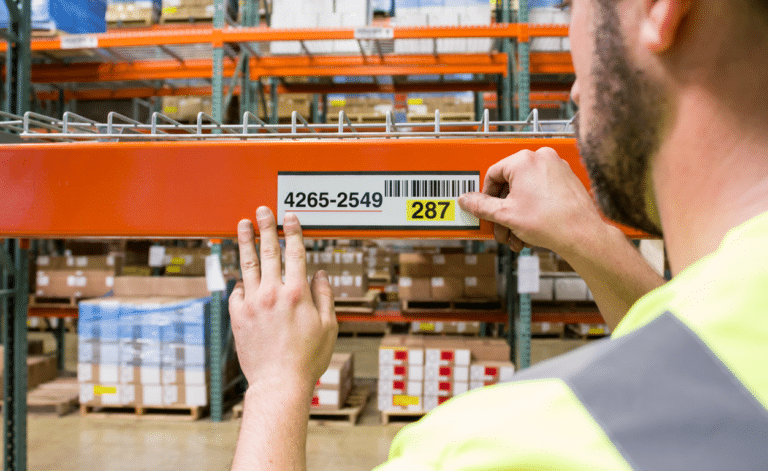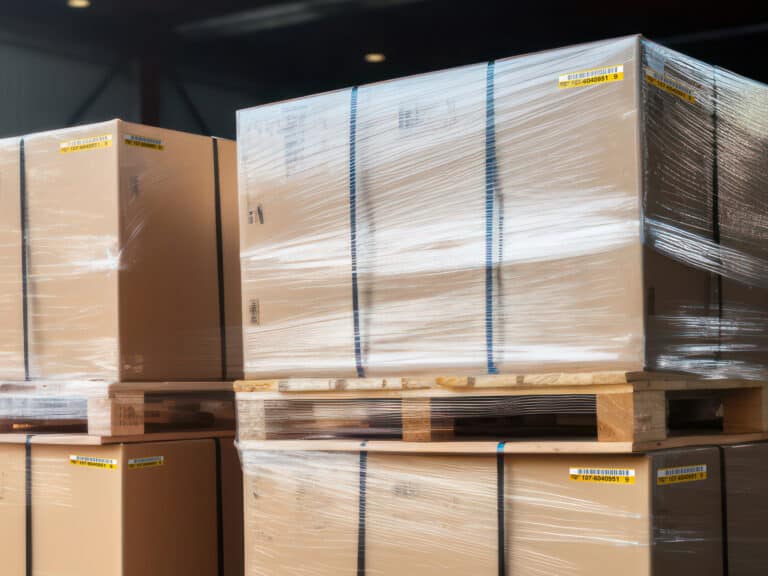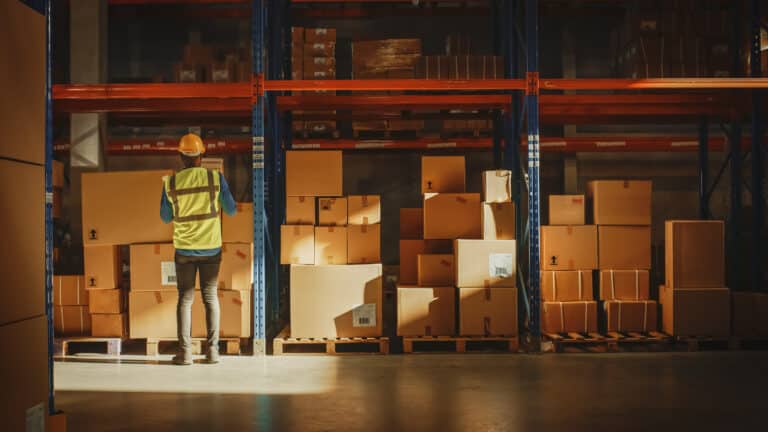Based on a recent article by PackOI, over 30 million tons of packaging waste end up in our landfills every year. By adopting sustainable packaging solutions, companies can reduce the carbon footprint from packaging. This helps mitigate climate change, promotes resource efficiency, reduces waste, and leads to a healthier environment. Moreover, businesses that prioritize sustainable packaging demonstrate their commitment to environmental responsibility. In this way, they enhance their reputation, attract environmentally conscious consumers, and drive innovation.
This article reviews how the packaging product process impacts the environment and different methods for businesses to reduce their own ecological carbon footprint.
How the Packaging Product Process Impacts the Environment:
DURING PRODUCT DEVELOPMENT
Numerous stages of material sourcing, prototyping and packaging design generate waste before the product is ready to hit the shelves.
WITHIN THE MANUFACTURING PROCESS
To meet specific packaging and shipping requirements, products usually require multiple manufacturers, thus, raising the demand for necessary materials.
FROM UNSUSTAINABLE MATERIALS
Keeping food, beverages or other products viable for consumption or human use requires reliable materials which are often unsustainable.
FROM “OVER PACKAGING”
To stay competitive, many brands use additional materials in their packaging and marketing to help differentiate their products.
DURING THE SHIPPING PROCESS
As online shopping becomes more prevalent, the amount of packaging waste from shipping likewise increases.
IN THE OUT-THE-DOOR TRANSPORT STAGE
Difficult-to-recycle grocery and produce bags add to the plastic problem as most end up in landfills or the ocean.

As a result of this process:
• Packaging waste ends up in landfills, as 37% of the 82 million tons discarded in 2018 did.
• The need for landfills intensifies with the U.S. already having 2,632 active landfills and thousands more inactive ones.
• Plastic waste contaminates soil and waterways — 40% of which comes from packaging.
• Decomposing landfill waste emits harmful greenhouse gasses that contribute to climate change.
• A toxin called leachate forms in landfill leakage and contaminates nearby waterways.
• Landfills disrupt the ecosystem and cause humans living near them to develop certain diseases and malformations at birth.
Here are 10 methods for businesses to reduce their own carbon footprint:
Method 1: Use Biodegradable and Compostable Materials
Method 2: Embrace Reusable Packaging
Method 3: Use Post-Consumer Recycled (PCR) Content
Method 4: Implement Sustainable Printing Techniques
Method 5: Opt for Eco-Friendly Packaging Fillers
Method 6: Implementing Energy-Efficient Practices
Method 7: Reducing Material Waste
Method 8: Monitor and Improve Packaging Sustainability
Method 9: Streamlining Supply Chain Logistics
Method 10: Collaboration and Education
Here are some specific examples:
• UTILIZE polyethylene terephthalate (PET) as a recycle-friendly material for labeling.
• CONSIDER plant-based materials — such as polylactic acid (PLA) — as a sustainable alternative to plastic.
• MAKE the switch to reusable product containers and bags.
• REPLACE single-use plastic bags with cloth or recycled plastics.
• IMPLEMENT refillable packaging systems so that consumers may refill existing containers.
• SWAP out conventional packaging fillers with biodegradable or recyclable alternatives.
• OPTIMIZE production and packaging processes to minimize energy consumption/waste.
For more information on reducing your carbon footprint by using sustainable labels, contact Chicago Tag & Label! 800.826.8260
DOWNLOAD THE INFOGRAPHIC HERE.
Resources
https://reelpaper.com/blogs/reel-talk/packaging-waste
https://packoi.com/blog/sustainable-packaging-to-reduce-carbon-footprint/





